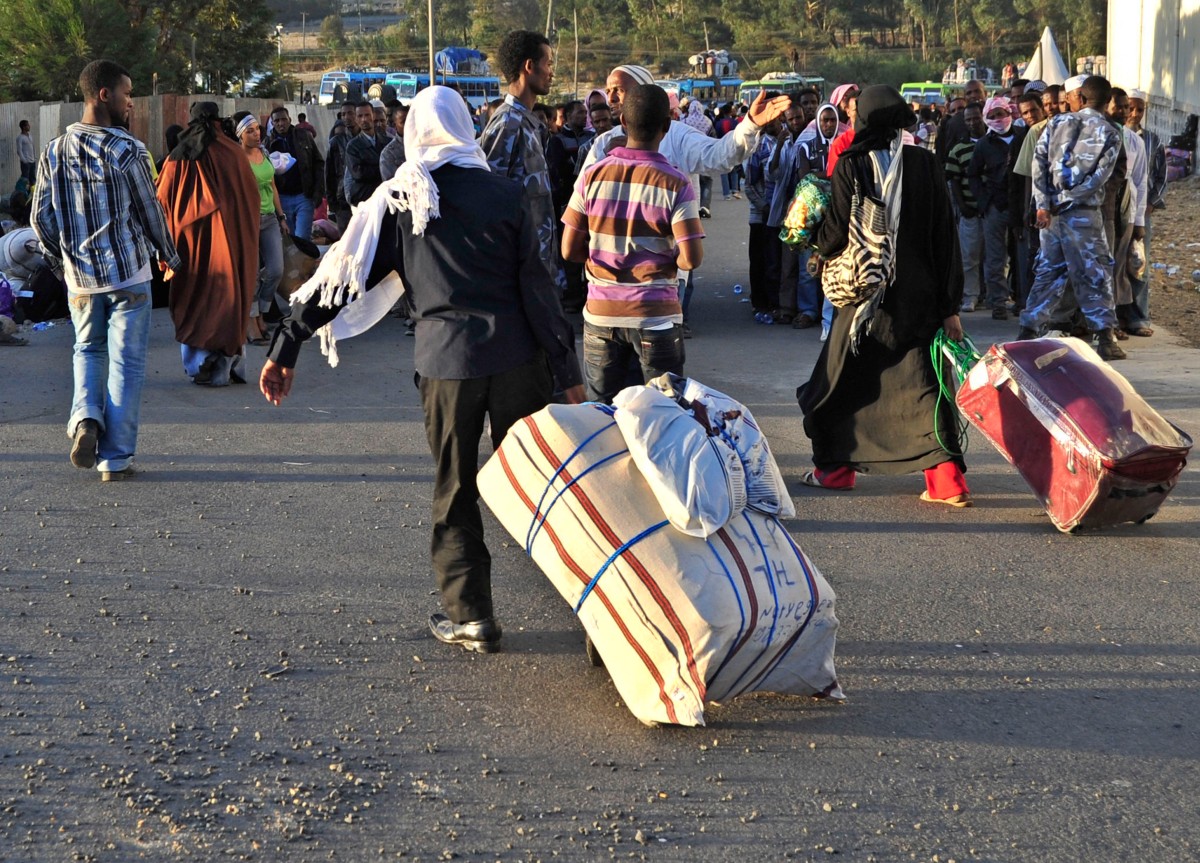Migrant workers up by more than 30 million on increased pursuit for greener pastures

In 2022, Kenyan expatriates living and working in Saudi Arabia sent home a total of $302.26 million (equivalent to Sh48 billion then).
In almost a decade, between 2013 and 2022, most migrant workers, many of them from Africa, continued to move away from their mother countries to seek greener pastures overseas.
The trend, according to the International Labour Organisation (ILO), has raised the number of migrant workers globally by more than 30 million in the period under review.
More To Read
- Diaspora remittances to Kenya rise by Sh15 billion in nine months
- Remittances from Australia to Kenya overtake Saudi Arabia and Germany, soar by 48 per cent in six months to Sh14.58 billion
- Foreign workers in Kenya remitted home Sh91 billion - CBK
- Government evacuates 5,232 distressed Kenyans from 19 countries amid exploitation concerns
- 2027 race heats up as presidential hopefuls turn focus to Kenyan diaspora
- Kenyans sent home Sh325 billion in first half of 2025 amid US tax fears
In its latest update on international migrant workers, the organisation estimates the global stock of international migrants to have reached 284.5 million in 2022, with 255.7 million of them of working age (15 and over).
Out of this, the number of international migrants in the labour force, whether employed or unemployed, was 167.7 million—over 30 million more people than in 2013.
"Among those, 155.6 million were employed and 12.1 million were unemployed," the report reads in part.
In the same period under review, an increasing number of Kenyans have reportedly sought job opportunities across the Middle East, Europe and parts of Asia, with countries like Saudi Arabia, the United Arab Emirates and Qatar emerging as top destinations.
Data by the United Nations' International Organisation for Migration (IOM) shows that in 2020, there will be an estimated 280.6 million international migrants worldwide, an increase of 32,640 since 2015.
Out of this, 535,000 were from Kenya from 2016–2020, a 77,000 increase since 2015, with 253,000 (47%) being male and 282,000 (53%) being female.
Fast forward to date, the numbers could even be more, as the government plans to export one million Kenyan workers abroad every year as part of a new jobs scheme.
The Central Bank of Kenya's monthly data on remittances—money sent home by people working and living abroad—positions the US as the leading destination for Kenyan migrants in terms of remittance inflows.
In its weekly bulletin for the week ending January 17, the apex bank says the US remains the largest source of remittances, contributing 51 per cent of total inflows in the 12 months to December 2024.
However, in recent times, Saudi Arabia has emerged as the primary contributor to the rapid increase in remittances flowing into Kenya.
Remittances from the Middle East's economic powerhouse accounted for nearly two-thirds of the growth in diaspora inflows for the first eight months of the year 2023, according to official data.
The developments have since prompted the state to initiate discussions for a bilateral agreement with Riyadh.
This agreement aims to establish a structured framework for recruiting professionals to work in Saudi Arabia.
In 2022, Kenyan expatriates living and working in Saudi Arabia sent home a total of $302.26 million (equivalent to Sh48 billion then).
This marked a substantial increase from the $185.01 million (Sh29.4 billion) remitted in 2021, despite the challenges posed by elevated global inflation affecting remittances from other key sources.
On the global landscape, the ILO says that in the review period, a majority of migrants in the labour force were concentrated in high-income countries, which accounted for 68.4 per cent of the total (114.7 million people).
In upper-middle-income countries, 17.4 per cent (29.2 million) come next.
"The share of migrants in the labour force living in Northern, Southern, and Western Europe increased from 22.5 per cent in 2013 to 23.3 per cent in 2022. In contrast, the share of migrants in the labour force of Northern America and the Arab States experienced slight declines," the report reads.
Notably, sub-Saharan Africa hosts 7.8 per cent of the total migrant labour force.
Nevertheless, ILO highlights the issue of unemployment and significant gender disparities as some of the challenges migrant workers are grappling with.
However, 68.4 per cent of employed migrants worked in the services sector, compared to 51.5 per cent of non-migrants.
The global demand for care and domestic work, particularly among women, largely drove this trend.
Top Stories Today











































